Rothenburg ob der Tauber - Bavaria Diaries - Germany
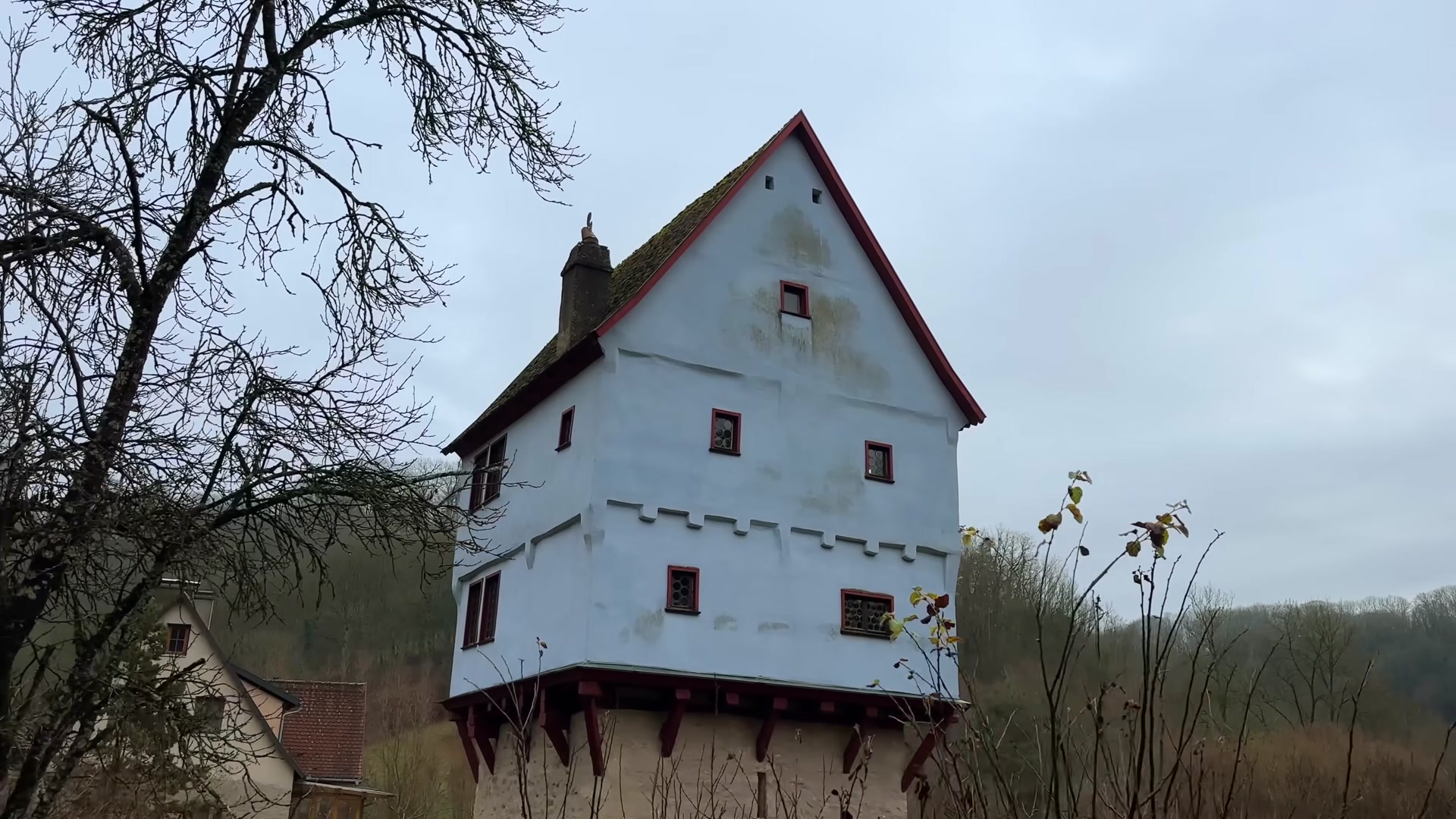
Hello friends. Even though it is one of the most famous states in Germany, Bavaria is still full of surprises waiting to be discovered. Today I want to take you on a journey to the lesser-known places of this rich, beautiful and popular region.

Bavaria is the largest state in Germany. It is known for its stunning landscapes, rich history and globally recognized companies. Neuschwanstein is one of the most famous castles in Europe and is located in Bavaria. You can also find the dazzling Lake Nikz and Germany’s highest peak here. As you can guess, this region is vast and visiting all its key sights would take a lot of time. But I only had seven days to explore the southern part of Germany in depth.



Now imagine you are asked to write a cute fairy tale set in a medieval town surrounded by ancient walls. A place where every house is different, where every corner feels like a festival and where the buildings seem to be playing with you. To find inspiration, you can visit Rothenburg, the most fairy-tale-like town in Germany. And you can experience this unforgettable atmosphere in person.




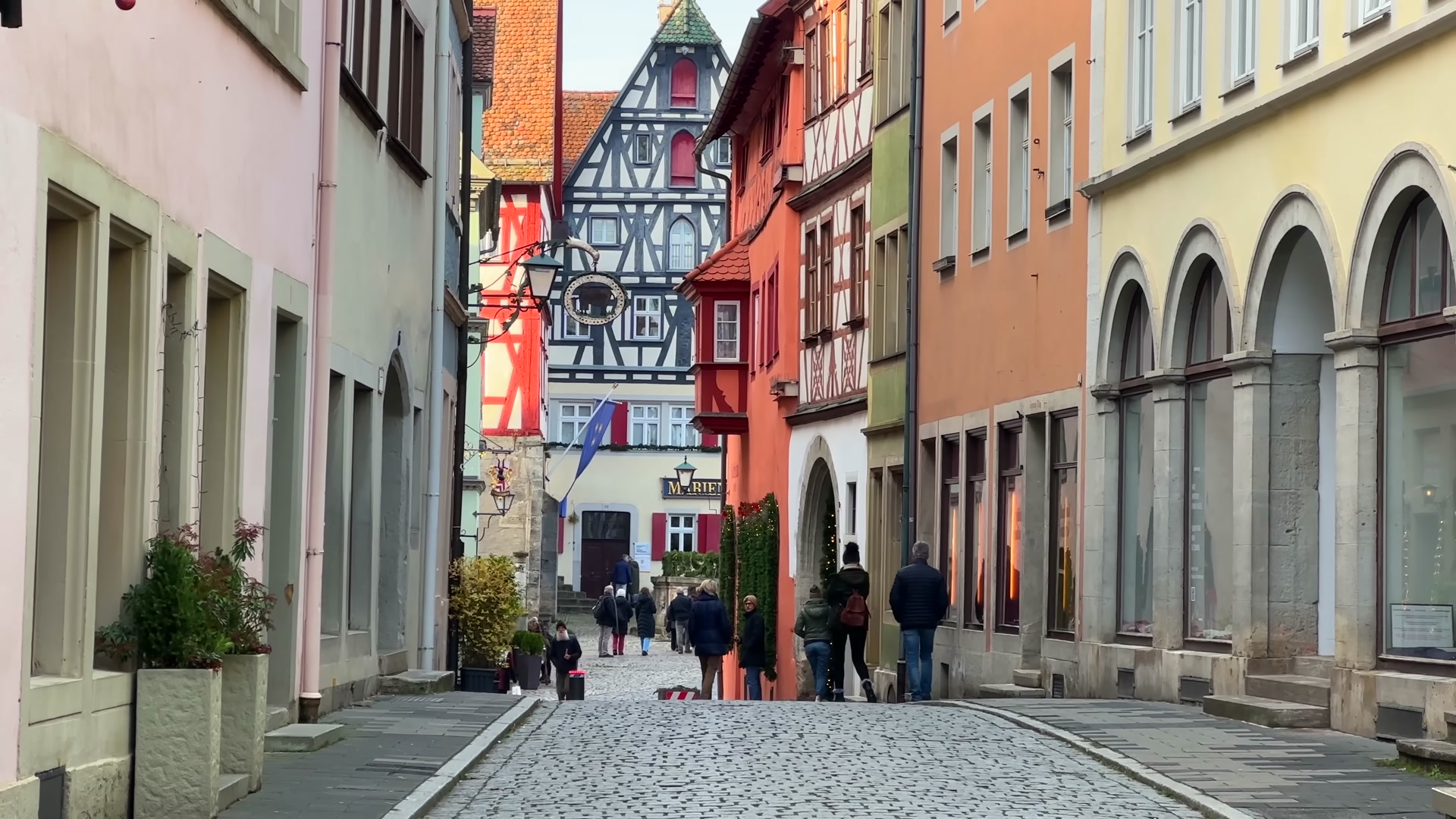

Just look at the veil of fog surrounding Rothenburg. From here, we can see how high the city was built and how massive the walls are. They stretch for about 400 to 500 meters. Quite impressive. In the 15th century, Rothenburg was among the twenty largest cities in Germany. Around 5500 people lived within the city walls, while about 14000 worked in the surrounding agricultural lands. For the Middle Ages, that’s a high number.


From the 10th to the 19th century, Rothenburg was a free imperial city governed by wealthy burghers. Interestingly, the city’s population hasn’t changed much since then. Today, only about 11000 people live in the city center.
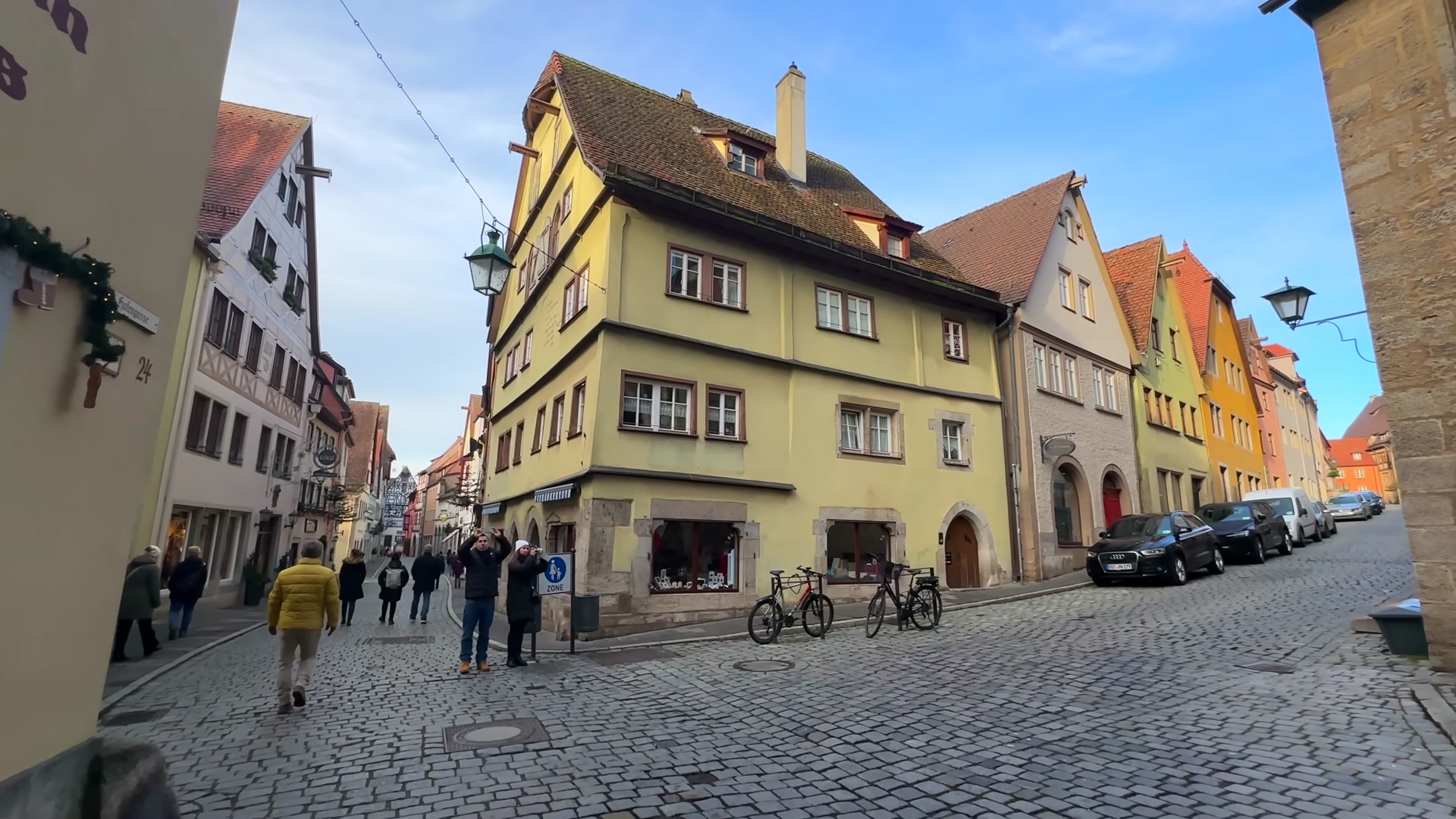



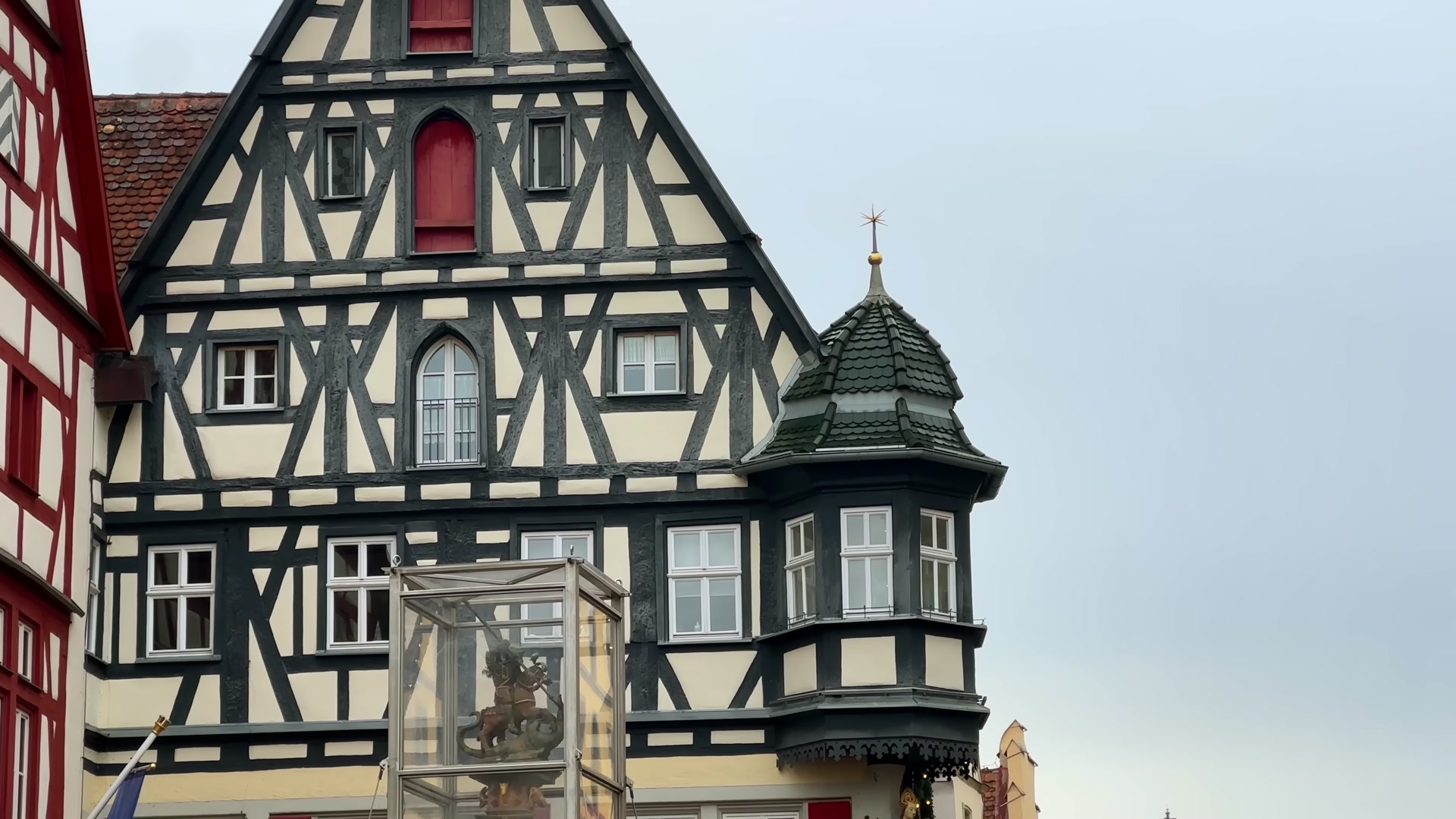
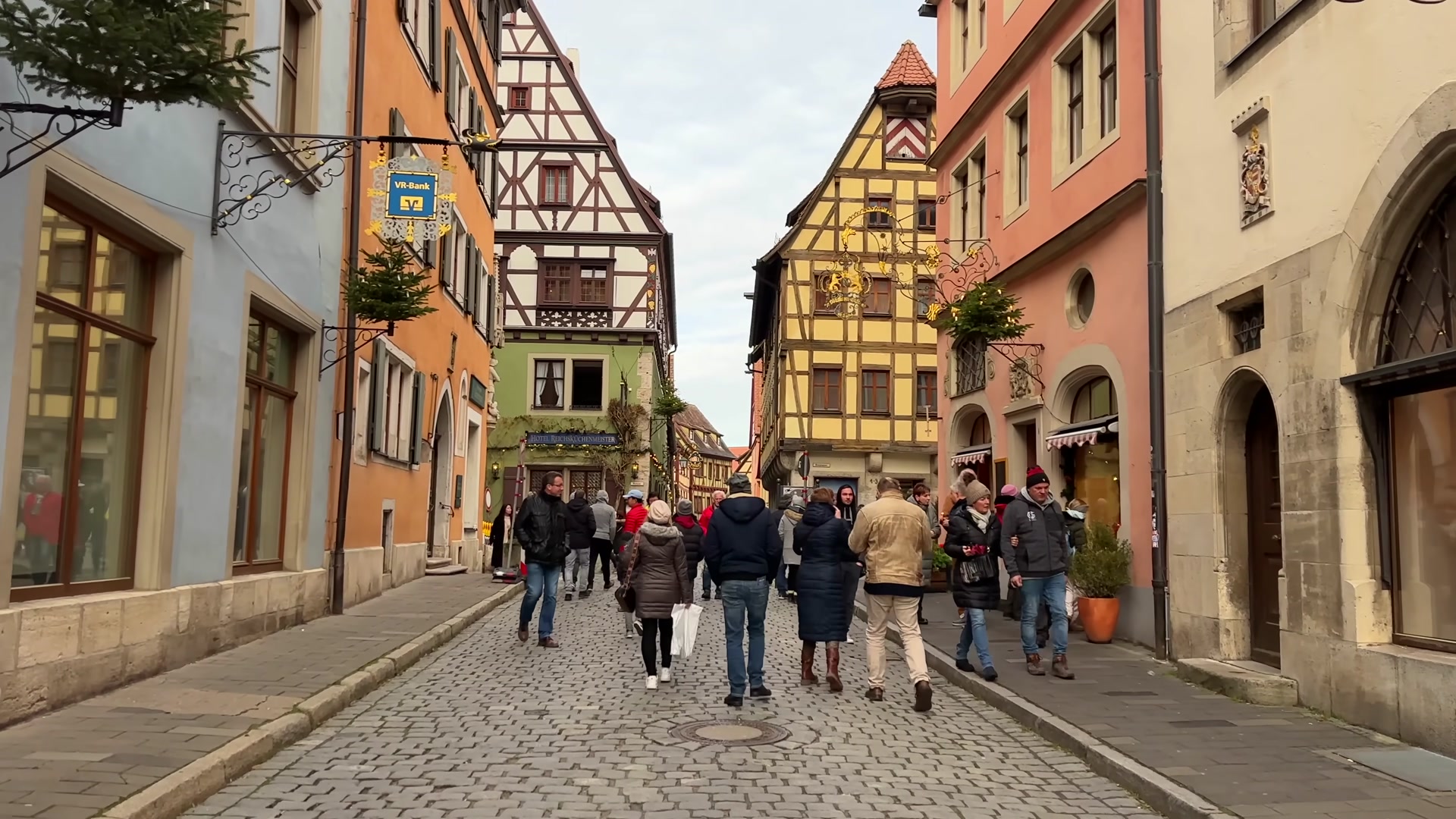
Rothenburg is a city where you need to pay attention to details. Everything is carefully thought out. There are no modern signs, not to mention billboards. For example, the sign of a modern bank is so beautifully framed that it blends perfectly with the city’s aesthetic. You’ll see similar examples everywhere.


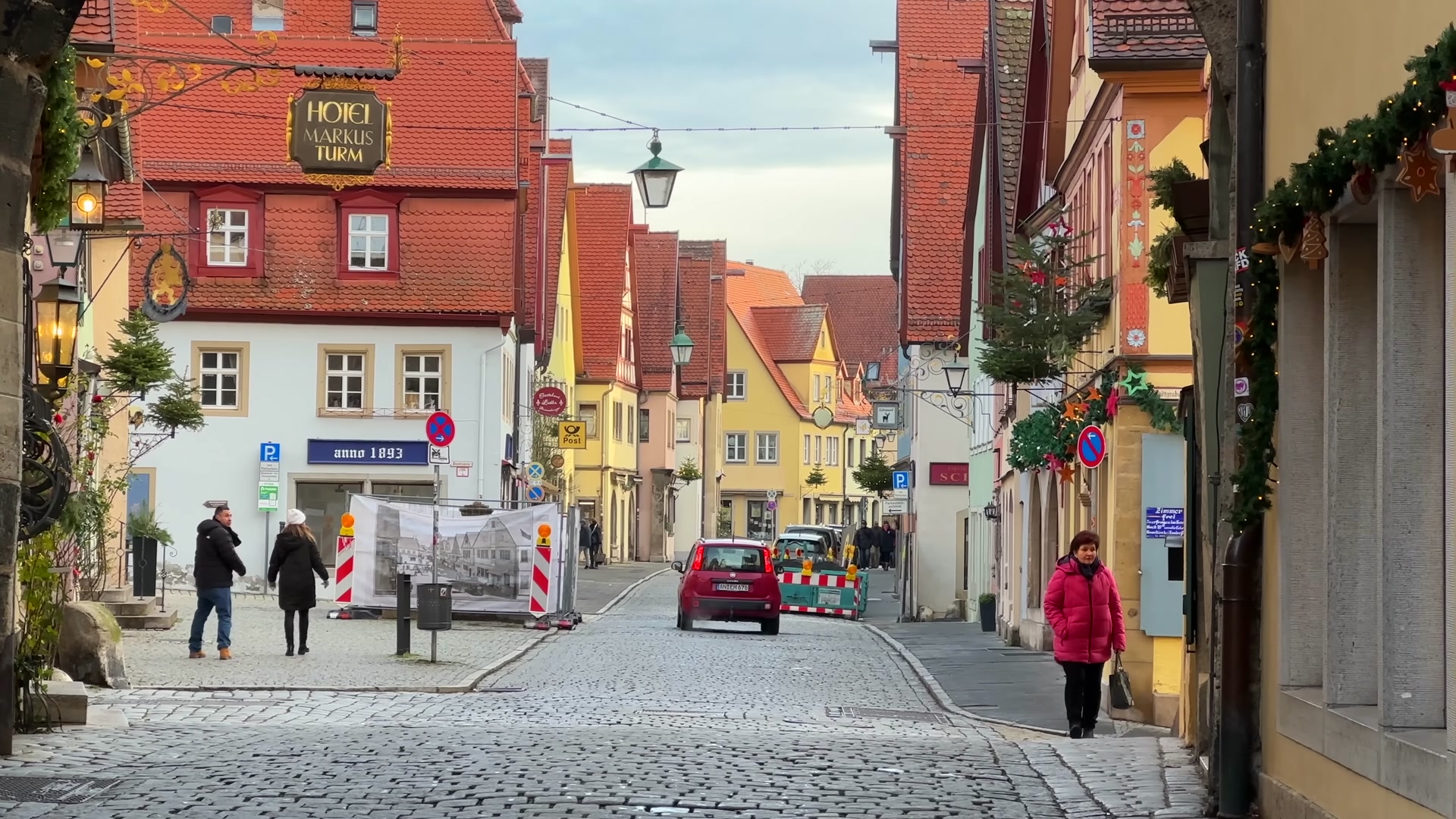
While walking down the streets, you may notice old or even ancient moon-shaped windows. One building from the 10th century now serves as a craftsman’s house. The interior has been preserved to reflect the life of an ordinary medieval artisan. In the 20th century, a conservative tenant lived there who didn’t use running water or electricity. Thanks to that, the house has remained nearly in its original state.

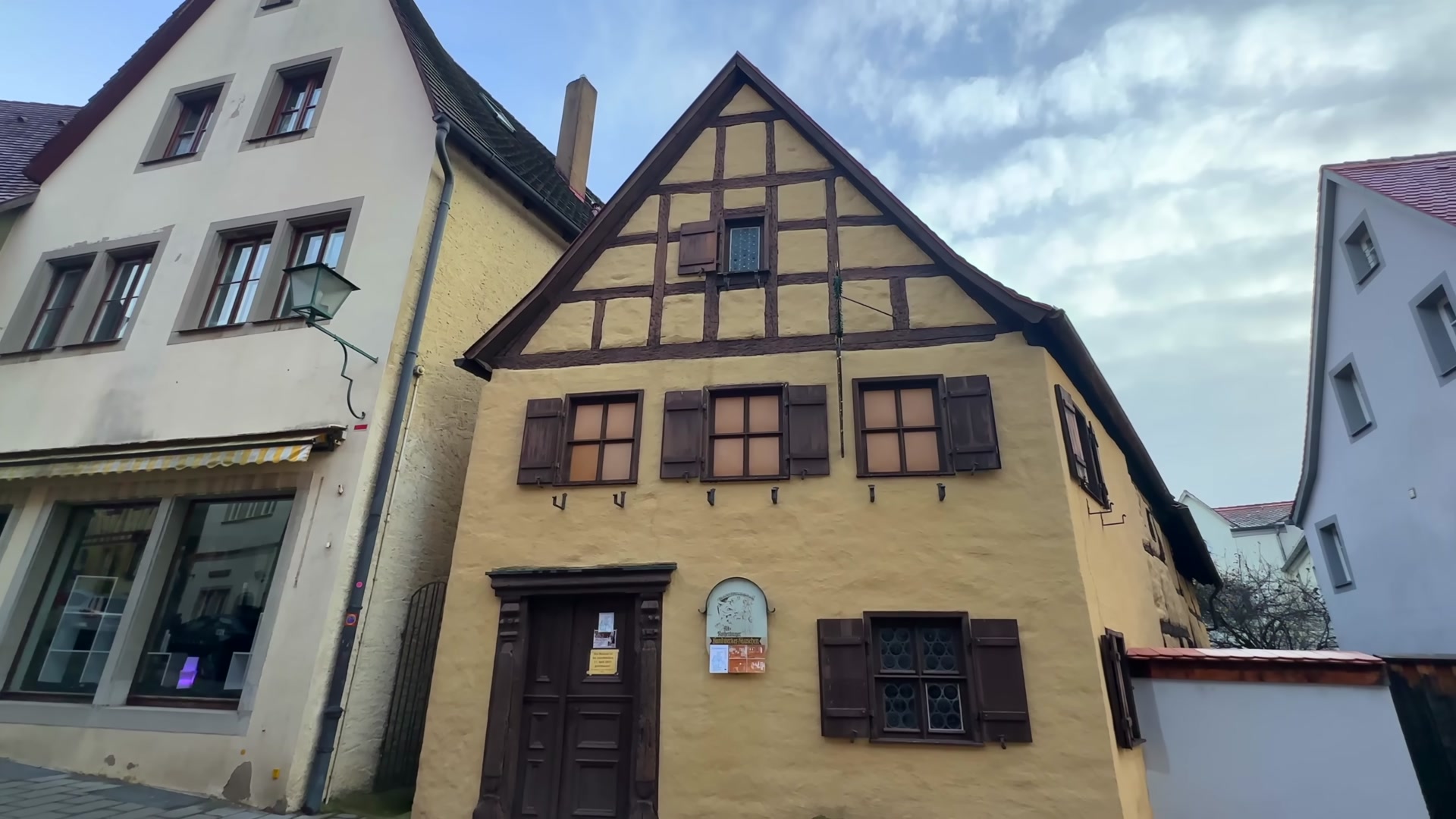
The symbol of fairy-tale Rothenburg is undoubtedly Plönlein Square. This is where two streets meet and the paths split toward the watchtowers and city gates. The most beautiful building in the center is a slender half-timbered house. It’s naturally the main spot for photos. Even in winter, it looks charming. In summer, it becomes hidden in greenery and shines with red and white flowers.
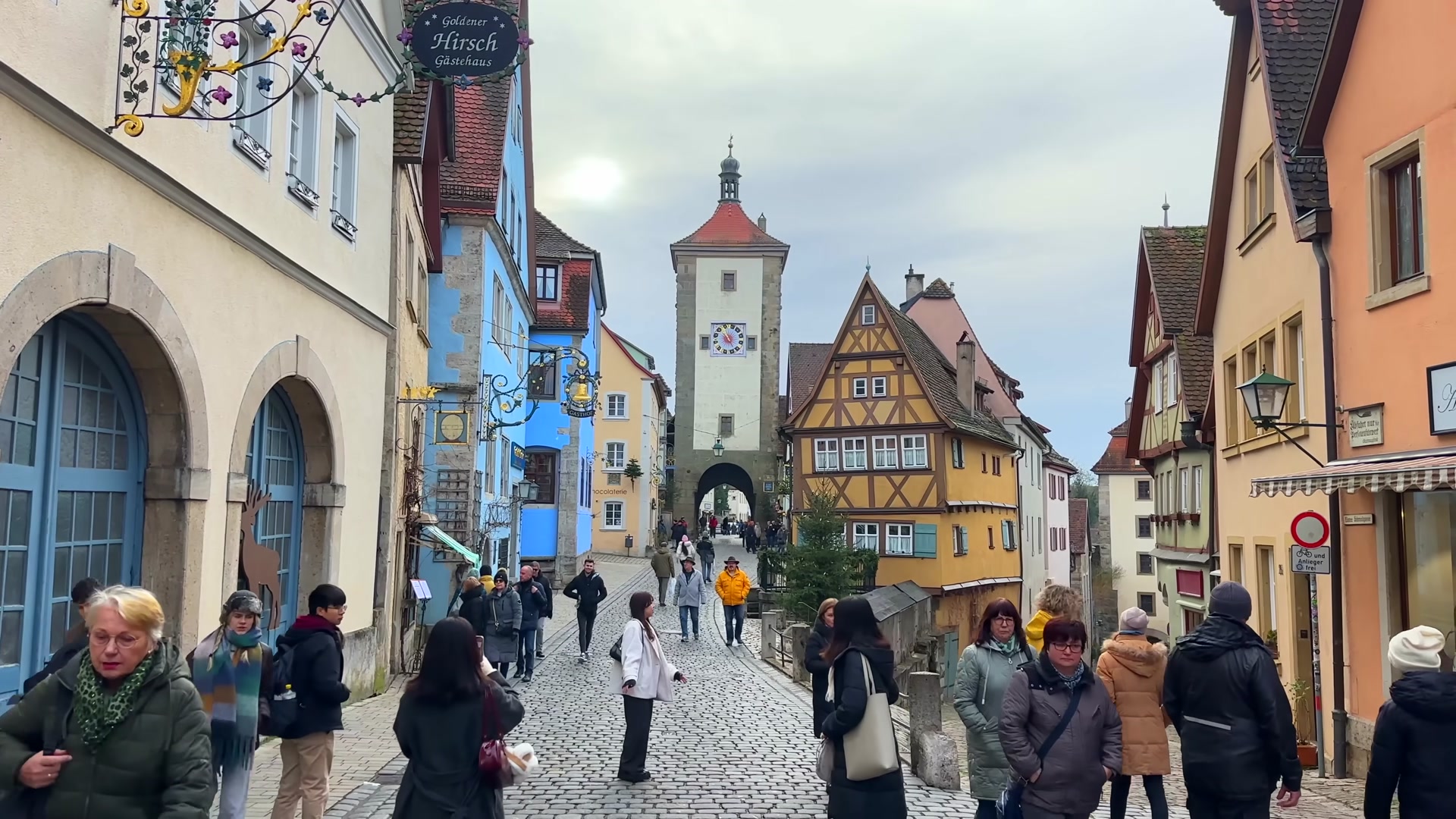
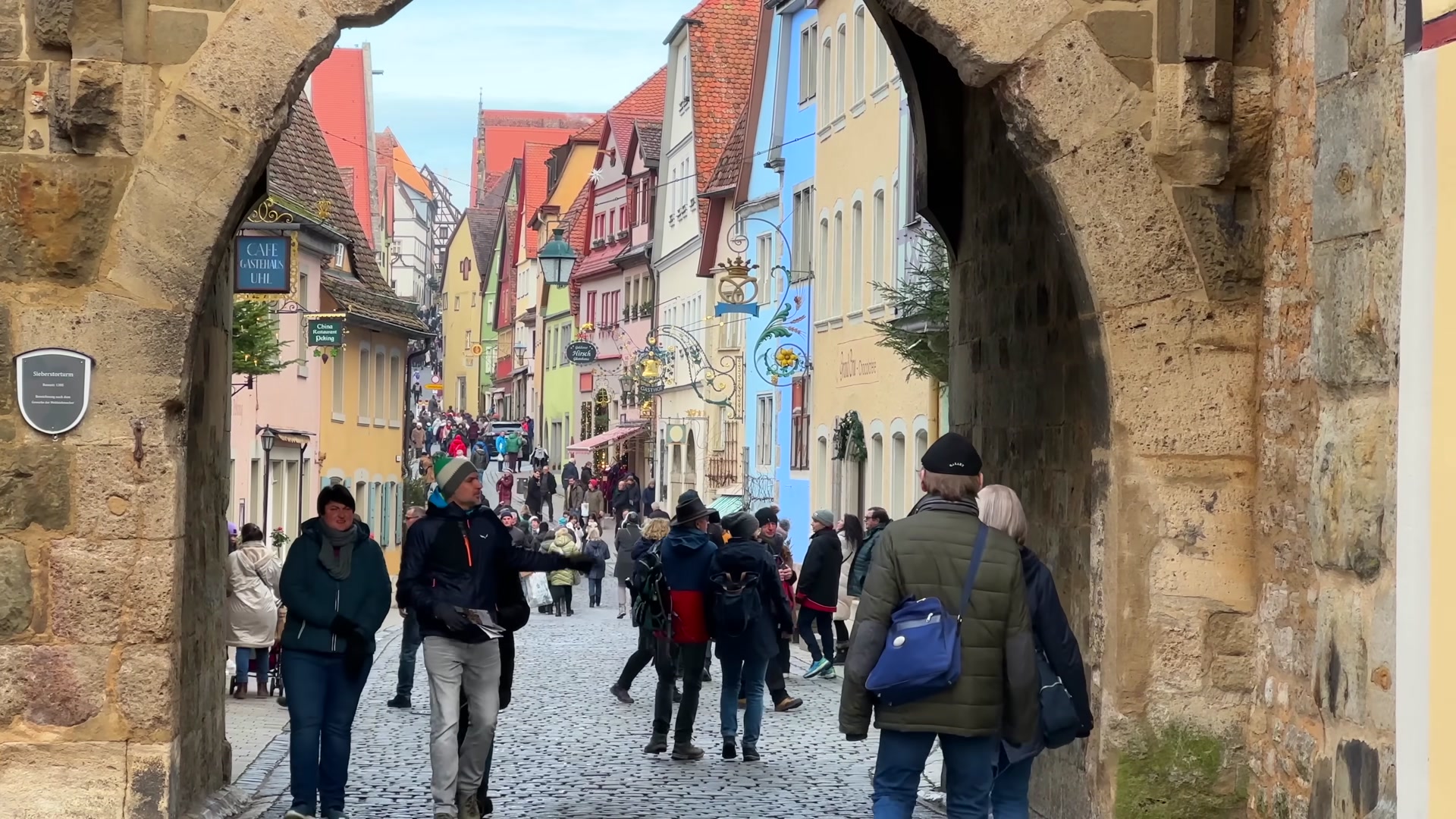
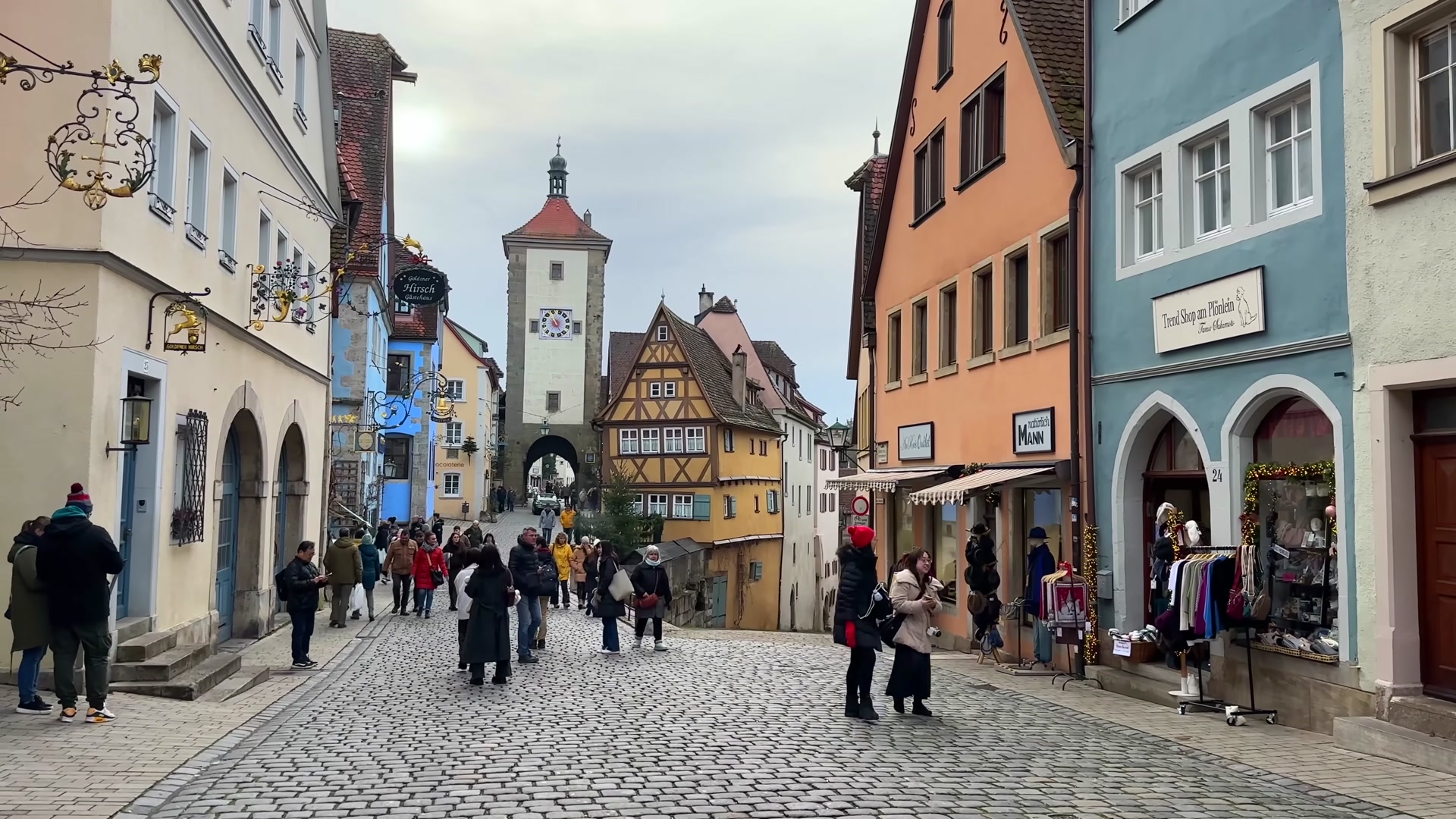

Although Rothenburg is not rich in trees and parks, it is a very green city. The culture of seasonal planting is highly developed here. In winter, pine trees are everywhere. In summer it’s hard to find a building without some kind of plant. In front of nearly every house, you’ll find bushes, roses, wild roses and even grapevines surrounded by metal frames.


Interestingly, in Rothenburg, pine trees are often hung up high on metal structures. I don’t know exactly why, but maybe it’s to save space in the narrow streets. This practice is very common here. I haven’t seen it much in other cities.


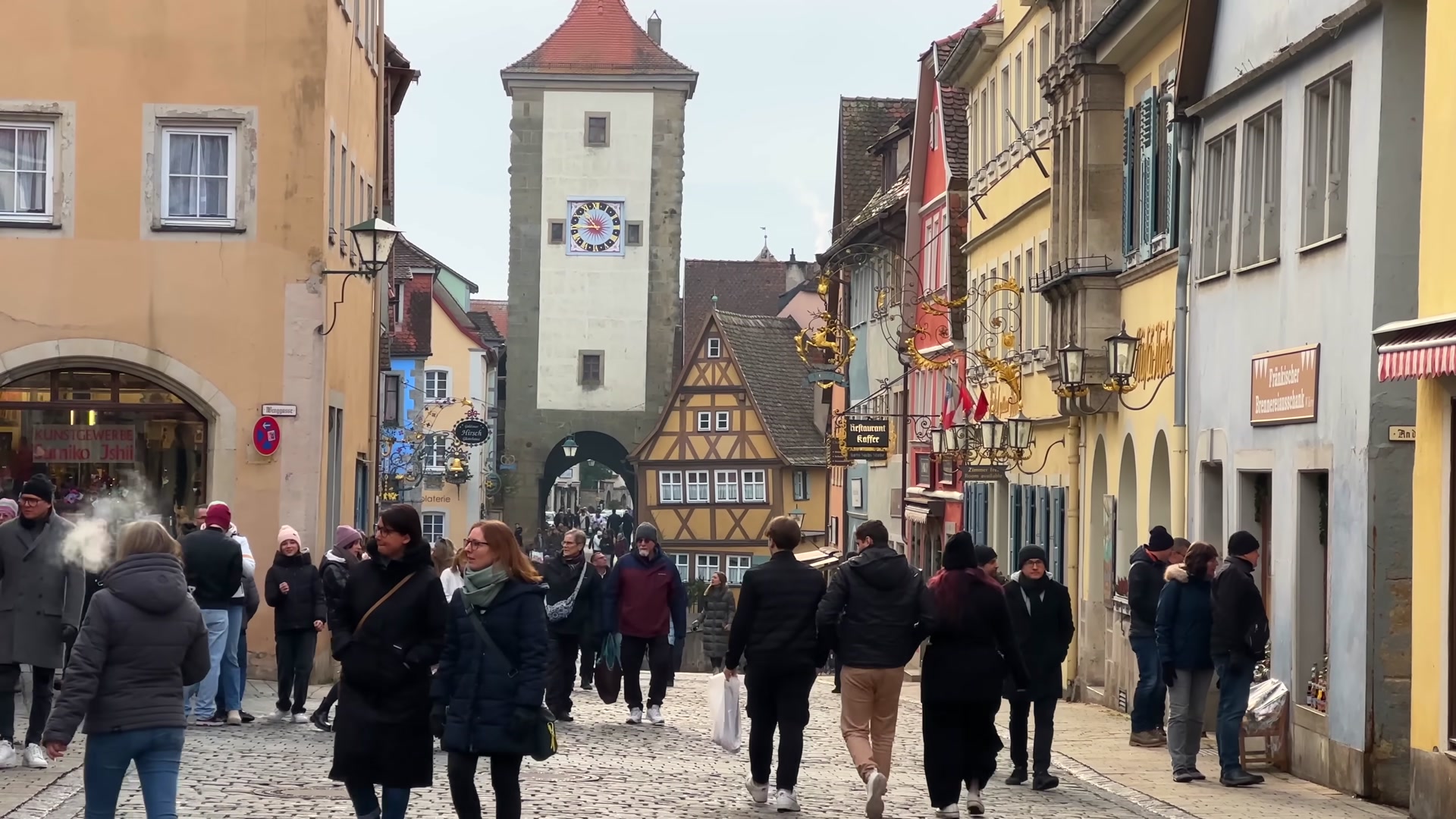

Now here stands the pride of Rothenburg, the Town Hall. It was built in the 10th century. The western wing, which has remained unchanged, is in Gothic style. The eastern wing was rebuilt in Renaissance style after a fire in the 15th century. This building is considered one of the best examples of Renaissance architecture in the German-speaking world. As for the Gothic section, you can climb the tower there today and enjoy some of the most beautiful views of the city.





But keep in mind, climbing this tower isn’t easy. If you’re hesitant about going up, you can take a walk on the city walls instead. It’s free, easier to access and the views are just as stunning. Right across from the Town Hall in the main square, there is a tavern called Ratstrinkstube. A white building. In the past, city officials would rest and drink beer here. Today, the facade of this building tells a very important legend. A story that explains how Rothenburg was so well preserved.
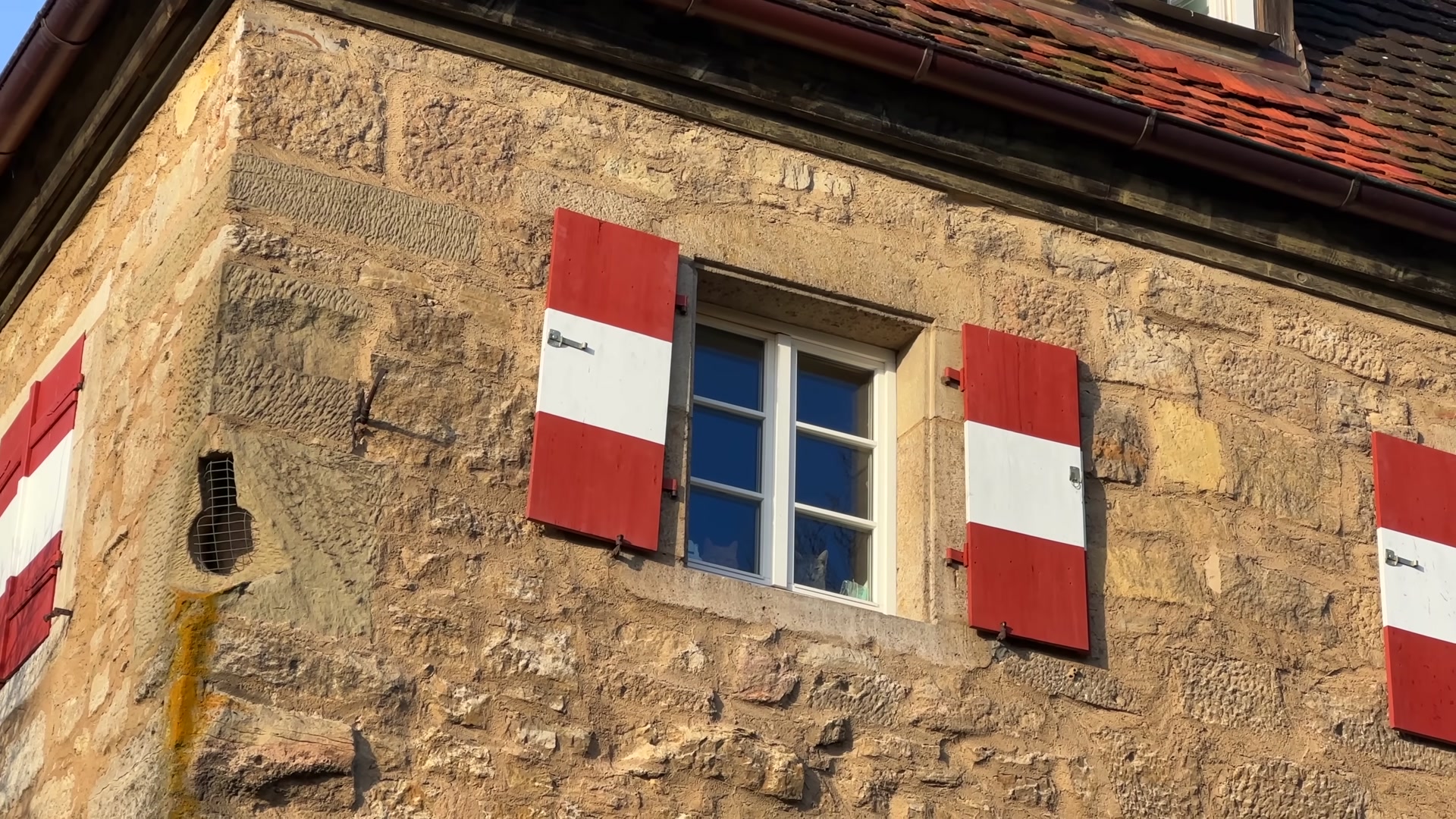
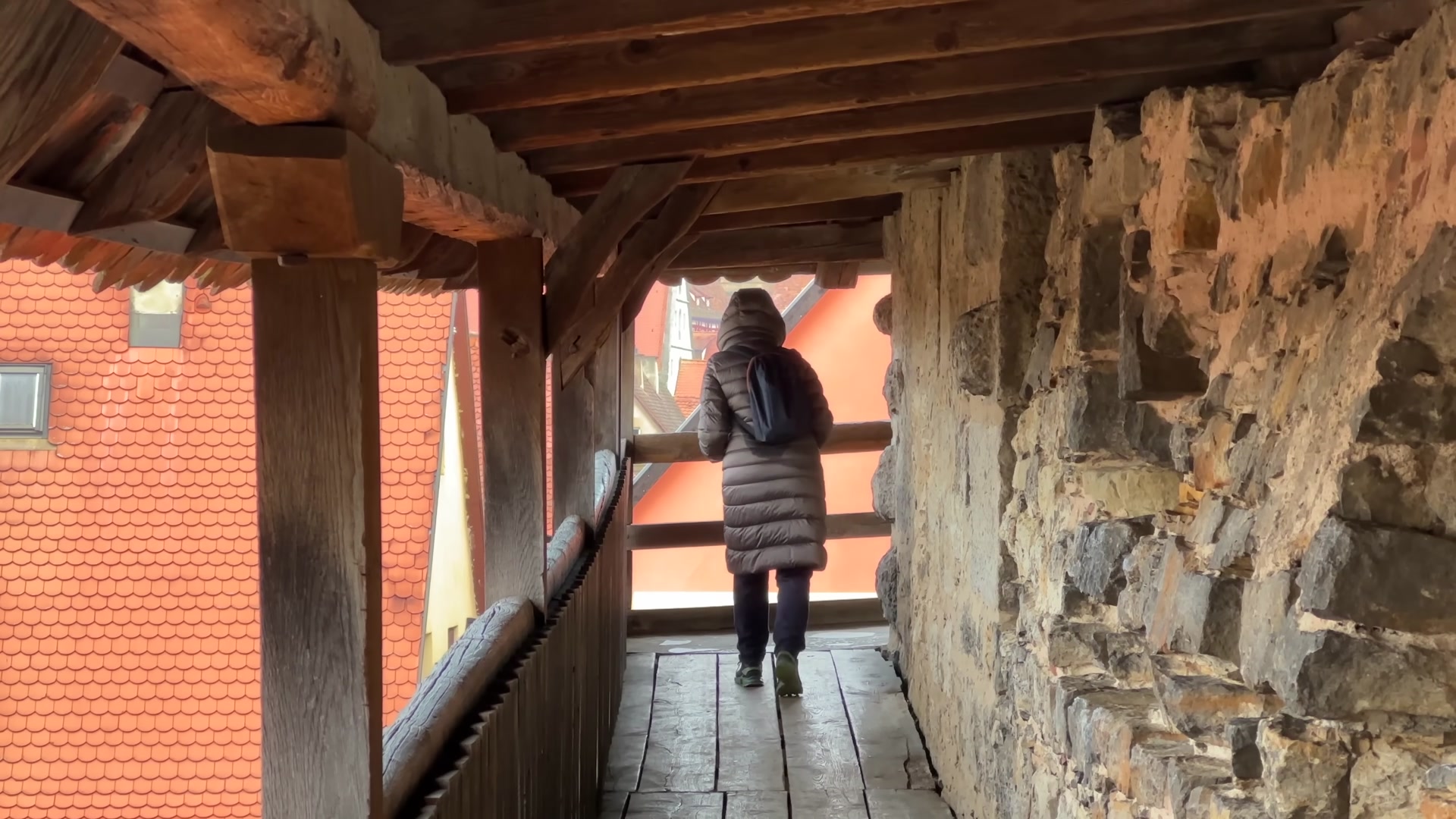
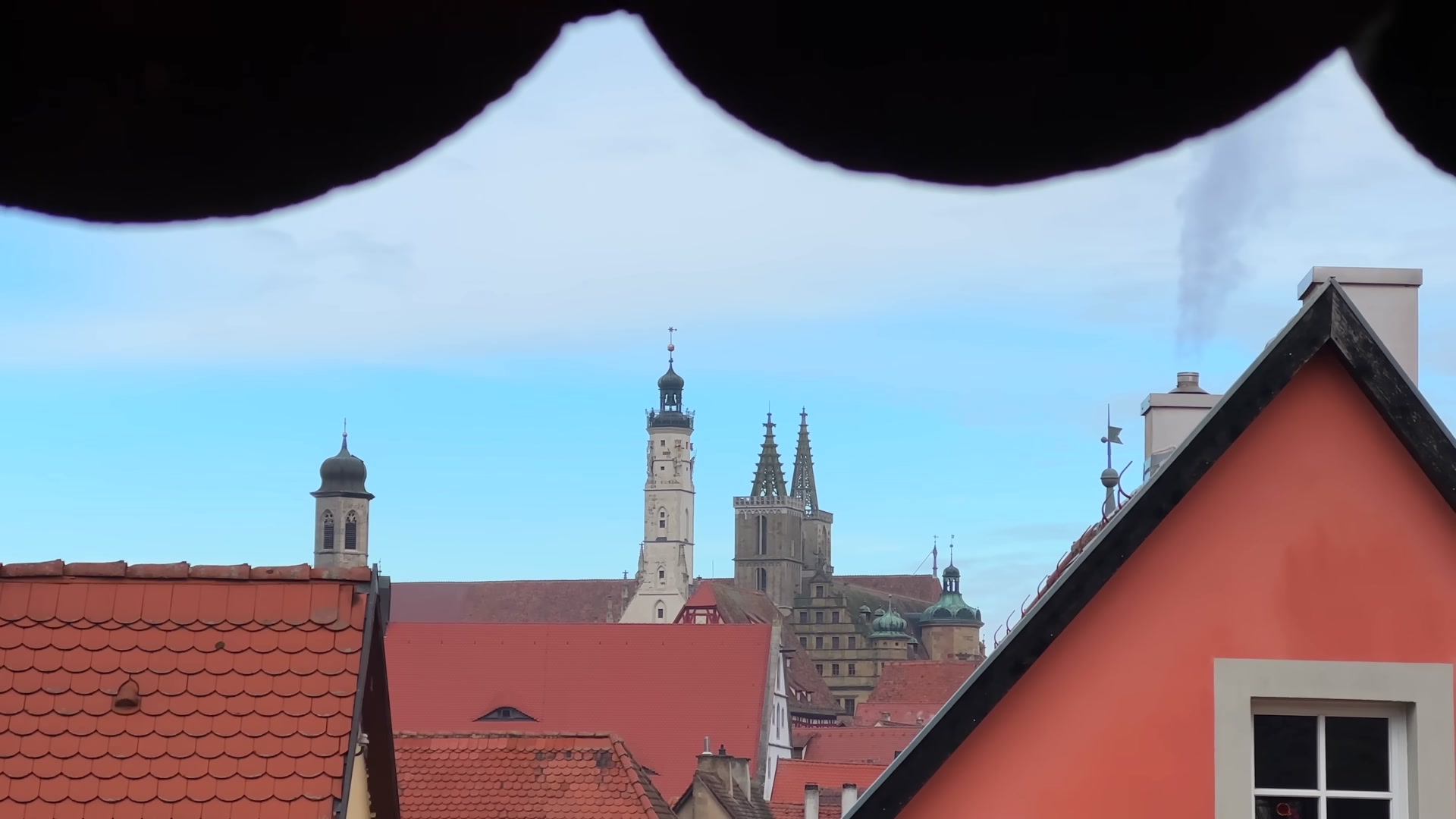
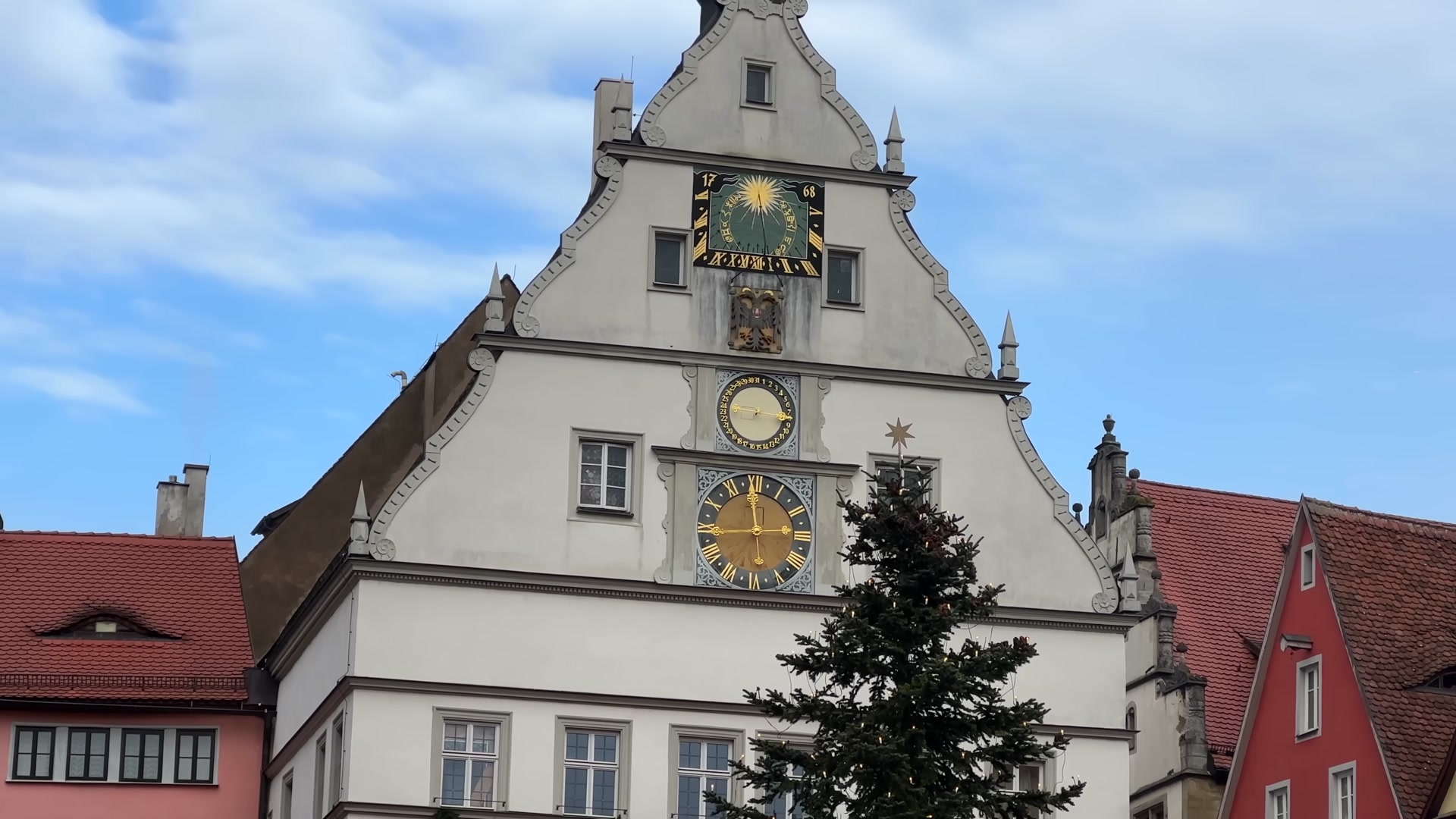
As you know, the bloody Thirty Years’ War was raging in 1631. That year, the Catholic army entered Rothenburg with a force of 40000 men. At first, things didn’t go too badly. But according to tradition, when an army left a city, it had to either burn it down or cause serious damage. Naturally, the people of Rothenburg started thinking about how to save their city. Most importantly, how to soften General Tilly, the man making the decisions. Eventually, they decided to offer him a large goblet of local Franconian white wine. Tilly looked at it and said, If someone can drink this all in one go, I will leave the city unharmed.
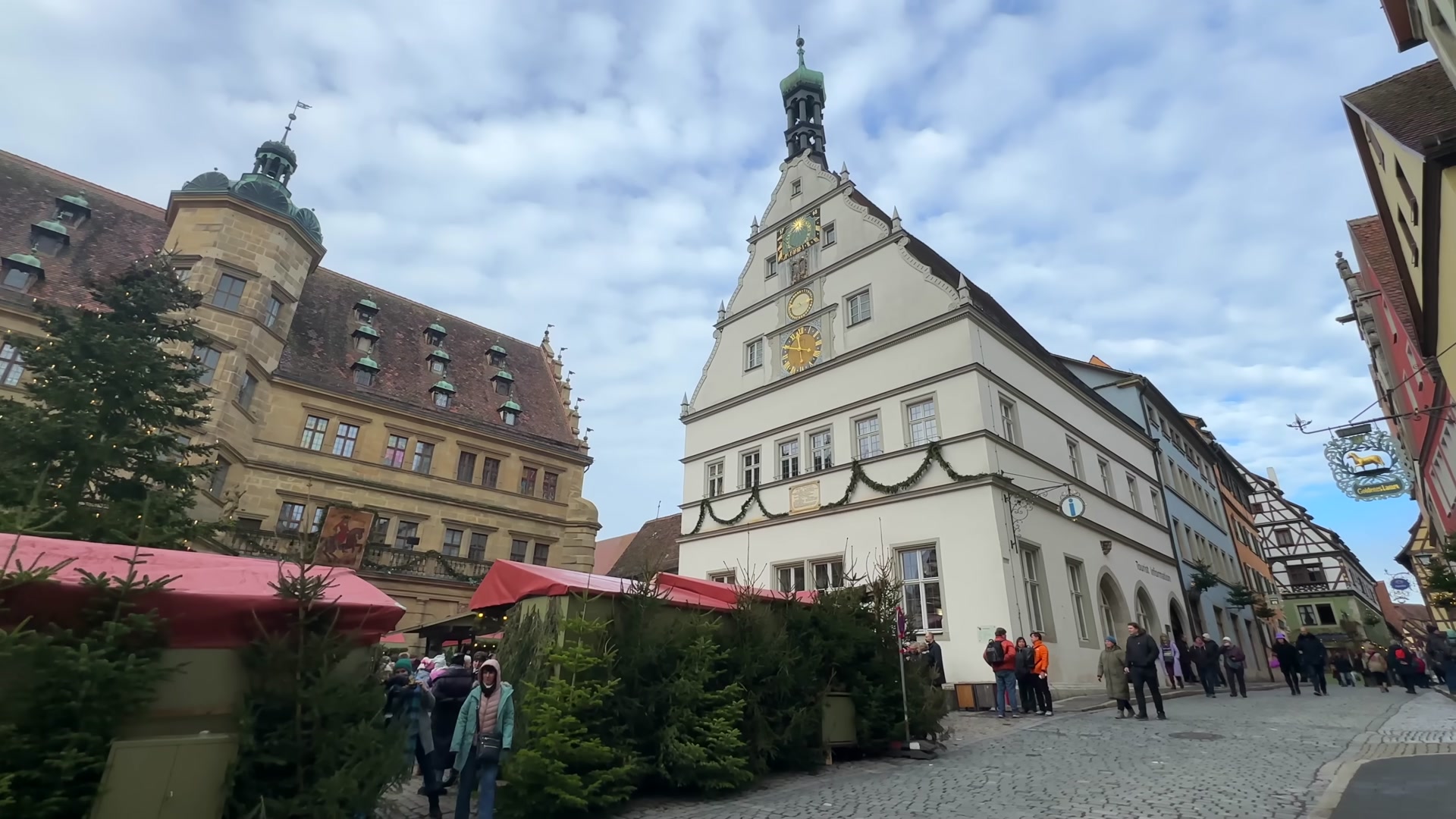
Then the mayor stepped up, took the goblet and drank it all in one go, three and a quarter liters of wine. And the city was saved. The army really did leave without causing damage. This story is brought to life on the building’s facade every hour. The windows open and figures of the mayor and the general are displayed. Sadly, this charming story is only a legend. The real story is much darker.


The truth is that General Tilly had previously captured a wealthy and large German city called Magdeburg. When he left that city, he completely destroyed it, burned it to the ground and caused enormous suffering. Nothing was left of it. A complete disaster. After that, the army and its leader didn’t want to repeat such brutality. That’s why Rothenburg was spared. This is the real story behind the city’s survival.

Right in front of us, the famous one-sip performance takes place. Locals call it the mayor’s great gulp. He lifts the goblet, drinks and drinks, then slowly lowers the huge glass. The performance ends and the windows close until the next hour. Just imagine how much wine this mayor must have drunk in his lifetime. Being mayor was clearly a tough job.

This cheerful legend is retold every hour on the facade of the building in the town square. And Rothenburg has managed remarkably well to preserve its historical spirit over the centuries. The Thirty Years’ War may not have damaged the city much, but World War II did. About 40 percent of the buildings were destroyed. It was completely random. The bombs dropped by American planes landed haphazardly and caused massive destruction. Later, efforts were made to rebuild the city with donations.


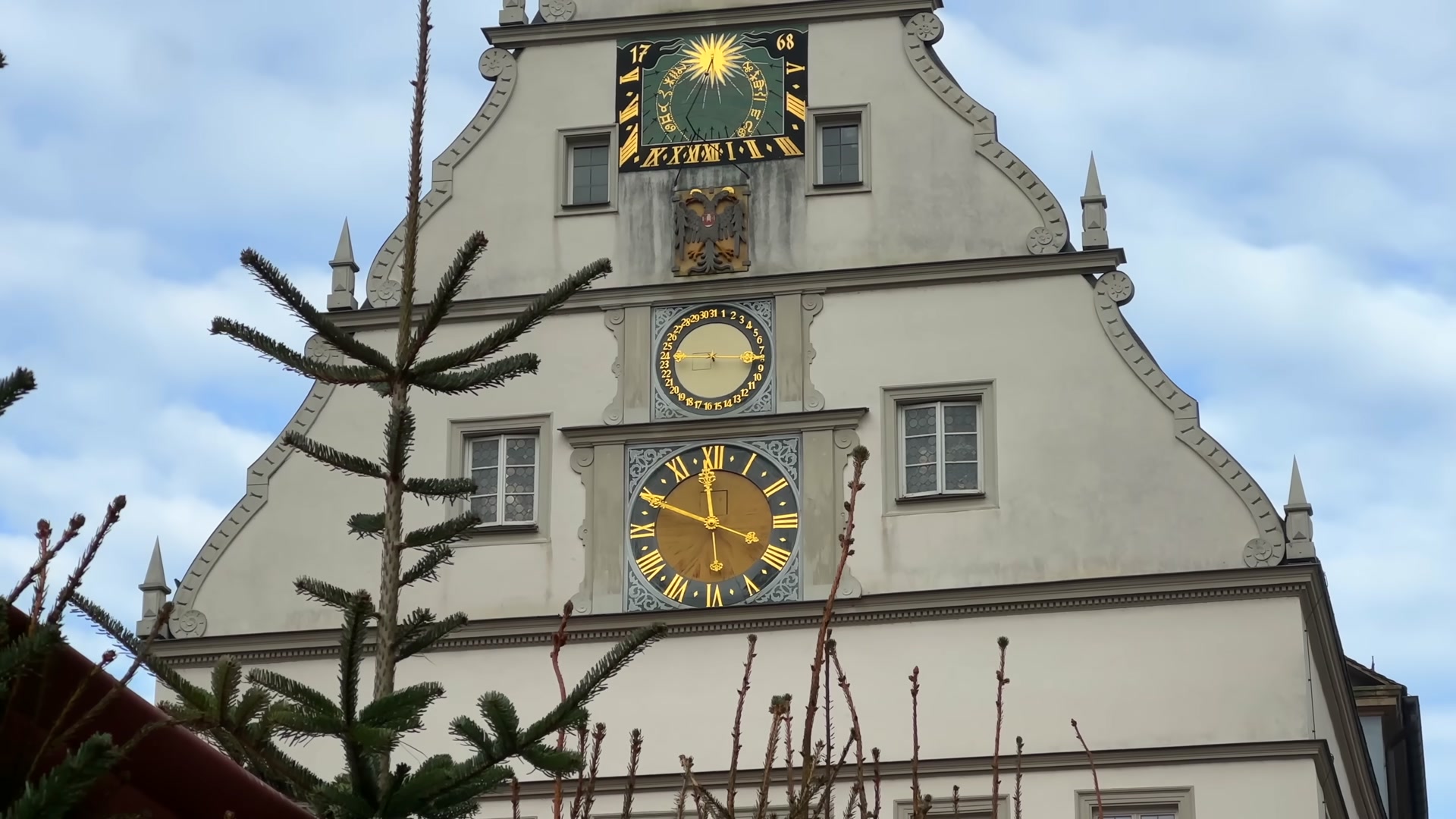

Today, as you walk along the city walls, you’ll see many signs saying one meter, two meters, three meters. These indicate which organization or civic group funded the reconstruction of that specific section of the wall. It was entirely a community effort.

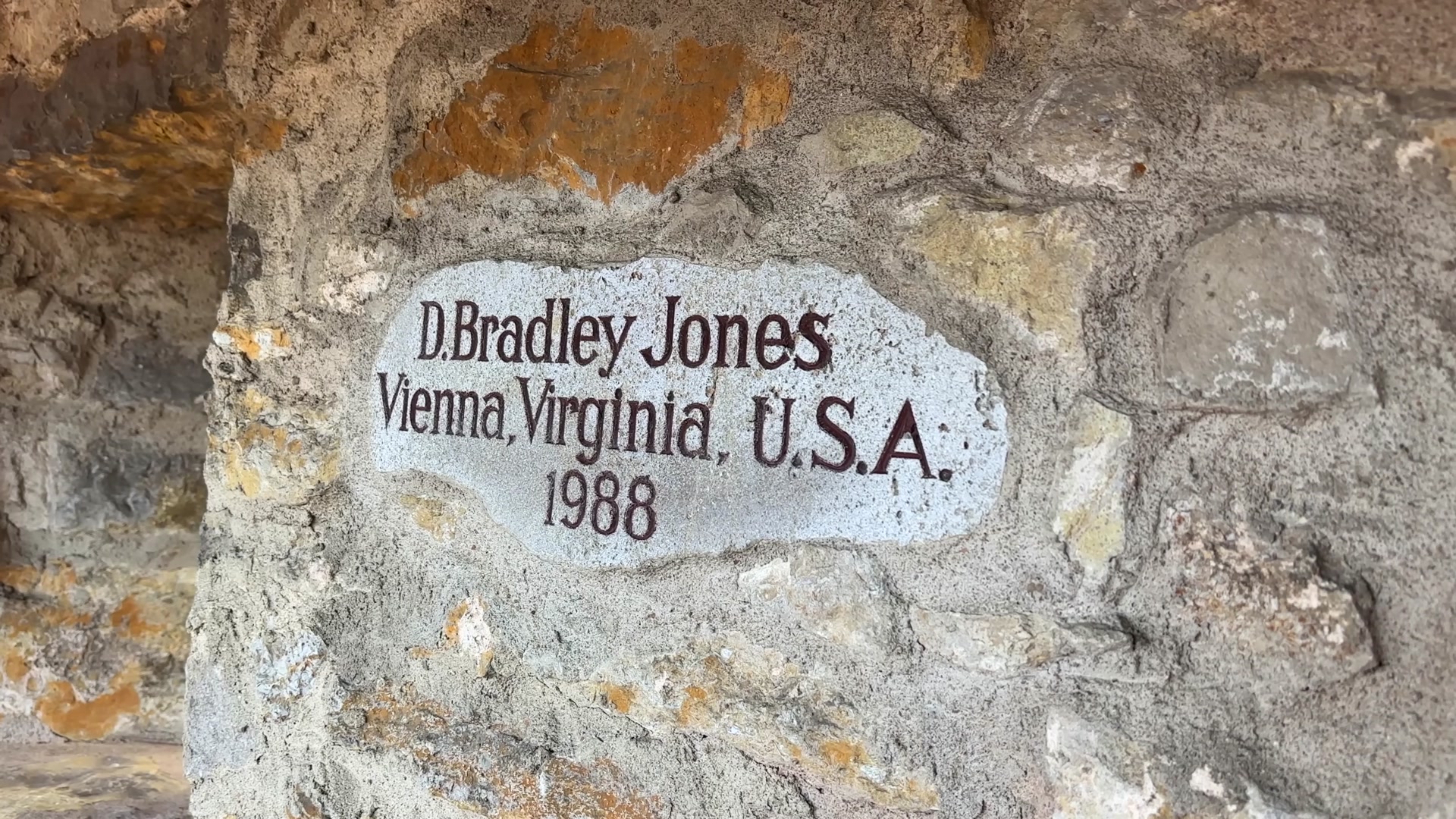
Among Rothenburg’s impressive defenses, the northern wall stands out. But wait, it’s actually Saint Wolfgang’s Church. Built at the end of the 10th century. From the outside, it looks like an ordinary wall. Only a small delicate tower reveals that it’s a religious building. I’ve seen such a mix before in Ronda, Spain. When the Catholics took back the city from the Moors, they still had to fight them. So they built structures that served both as defense and places of worship. This is one of the historical parallels between Germany and Spain.

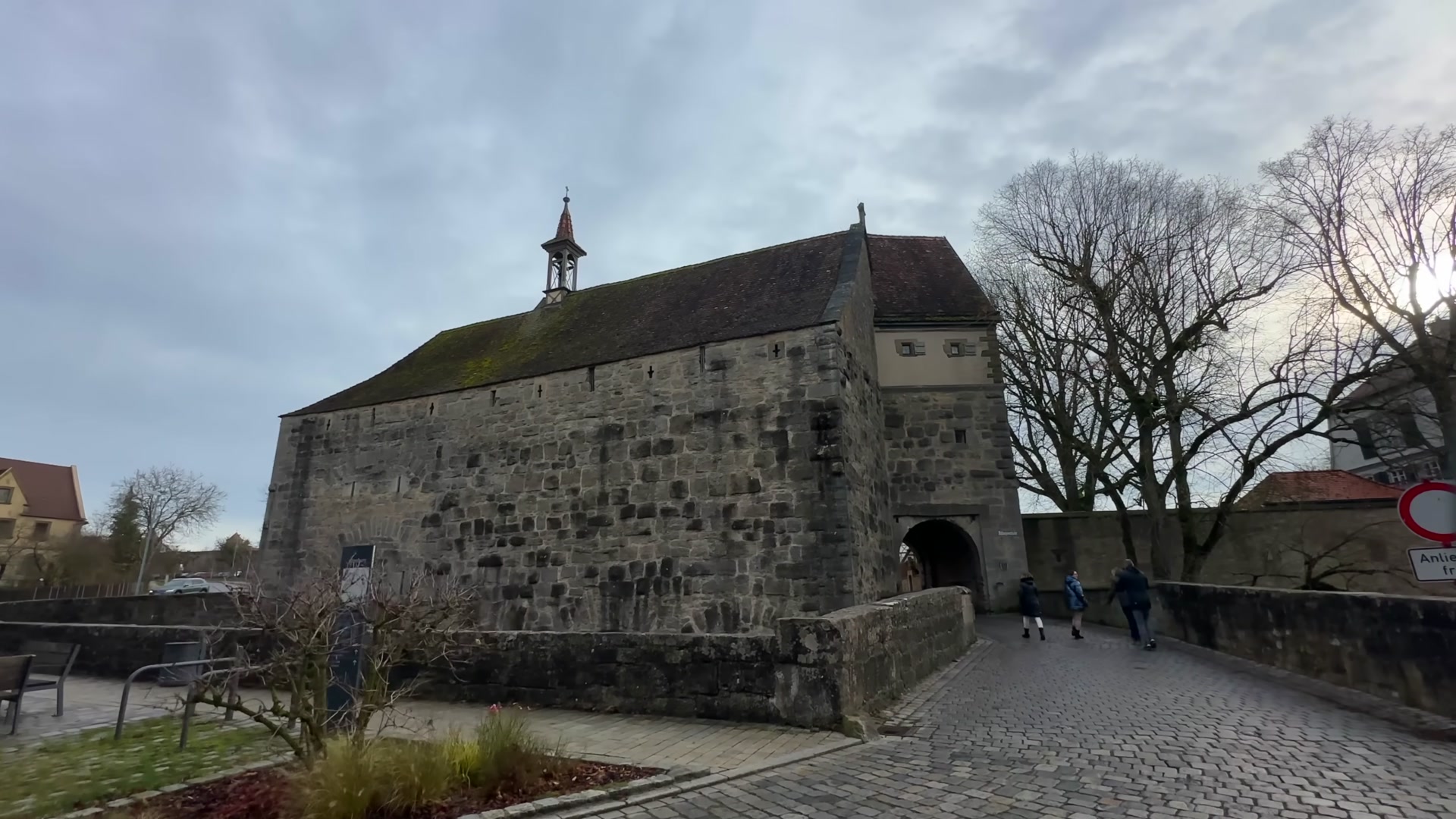
Another similarity is the sacred relic kept in Saint Jakob’s Church. During the Crusades, a drop of Christ’s blood was brought to Rothenburg. That relic is still preserved at the altar today. The news of this relic brought many pilgrims to the city. One reason for the strong impression was a masterpiece by the famous wood sculptor Tilman Riemenschneider. He created one of the most beautiful altars in Southern Germany for this relic. After long and tiring journeys, pilgrims would be mesmerized by it and study the details for hours. The relic was said to be sealed in a crystal capsule placed inside a gold-plated cross.

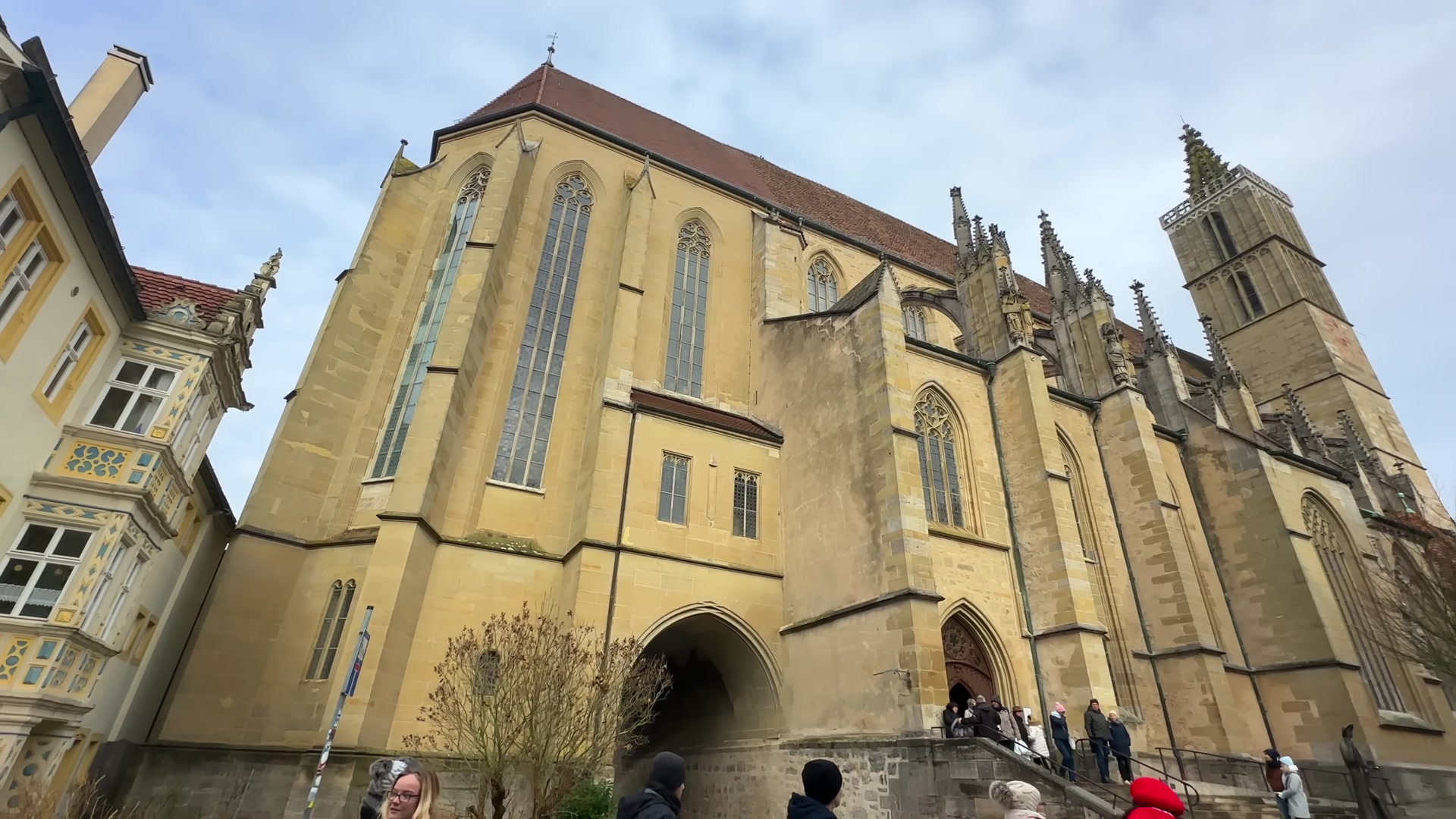



There’s a fascinating street branching from the main square, Schmiedgasse or Blacksmiths Lane. One notable symbol here is the Master Builder’s House, constructed at the end of the 15th century. Between the second and third floor windows, there are 14 statues symbolizing the Seven Deadly Sins and the Seven Virtues. The building attracts many tourists. Everyone takes photos, but few notice the plain building right next to it.



Yet that humble building may be the most important in Rothenburg. The person born there was Heinrich Toppler, a mayor, philanthropist and skilled politician. Rothenburg’s real rise happened thanks to him. He helped the city prosper and develop into what it is today. Much of the current architecture dates back to his time.

You can also see his coat of arms on the building facade, showing a pair of dice with the number 11. But his most curious home wasn’t in the city center. It was outside town. His summer residence is considered the world’s smallest castle. It looks just like a model. But it really was a castle and not as defenseless as it seems. A river flows very close by. In the past, the water was even closer. If attacked, the bridge could be lifted to cut off access. A long siege could still happen, but conquering it would have been nearly impossible.


Why build such a castle? The answer is simple. In those times summers in cities like Rothenburg were unbearable. There was no centralized sewage system. The heat and stench were overwhelming. As a practical leader, Toppler solved this by simply leaving and moving out of town. The villa was about 3 kilometers from the city. Toppler had an interesting life. He wasn’t noble, but from the third class, a merchant. Yet he lived like an aristocrat. He created his own coat of arms, became very wealthy and built his own summer retreat.
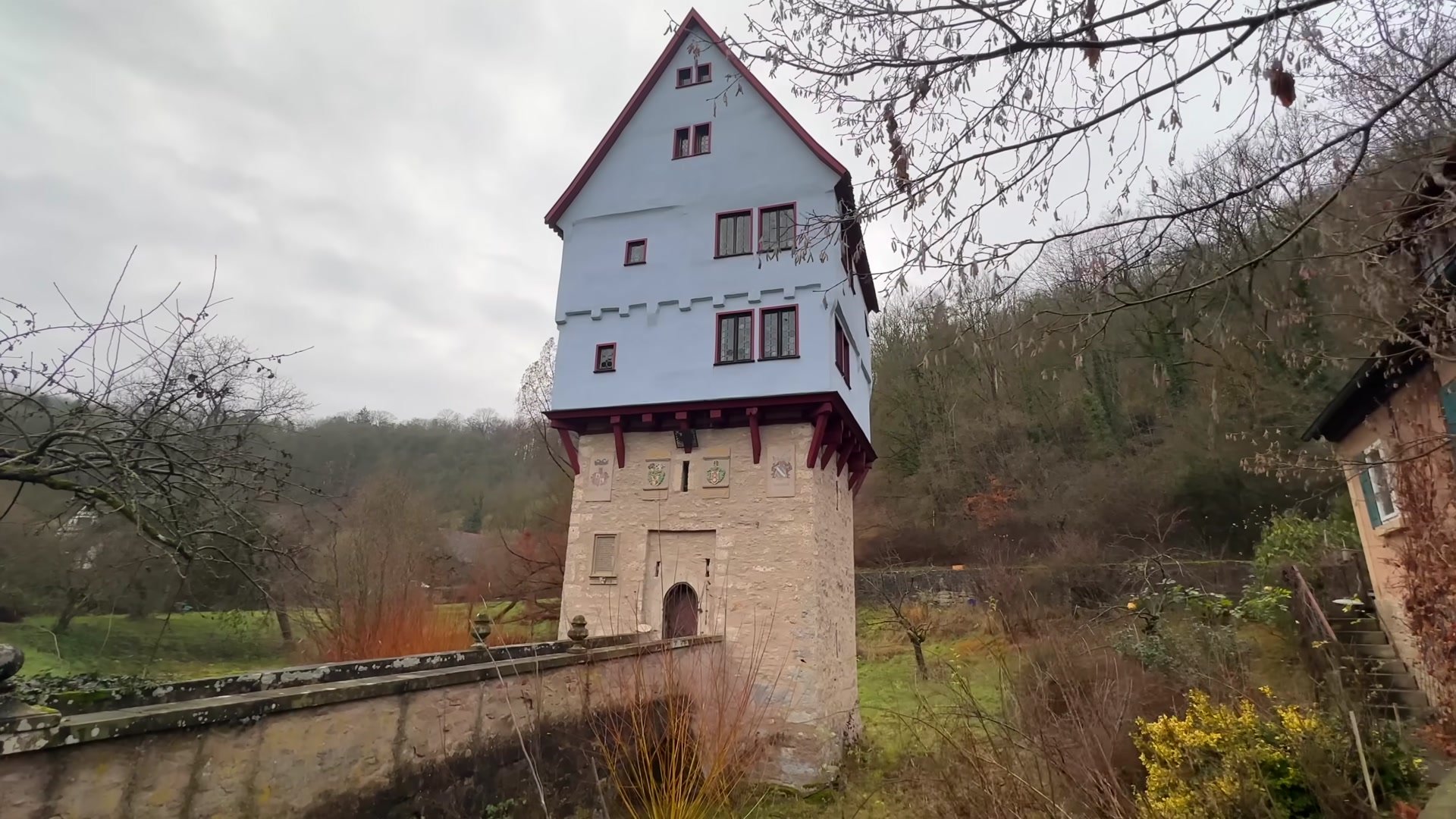
As you can imagine, aristocrats used to hate entrepreneurs. And entrepreneurs disliked nobles, believing their wealth was inherited and unearned. This mutual dislike was quite natural. But Toppler was an exception. He didn’t play by the rules. Outwardly an entrepreneur, but he behaved entirely like an aristocrat. And that didn’t sit well with many.

Some say building his summer residence was the final straw. And of course, rich people always attract envy. Toppler did too. Unfortunately, the most capable and influential politician in Rothenburg’s history died not with honors but in hunger. The truth is, he was tortured to death by his peers beneath the town hall. So the fate of Rothenburg’s greatest leader ended in tragedy.
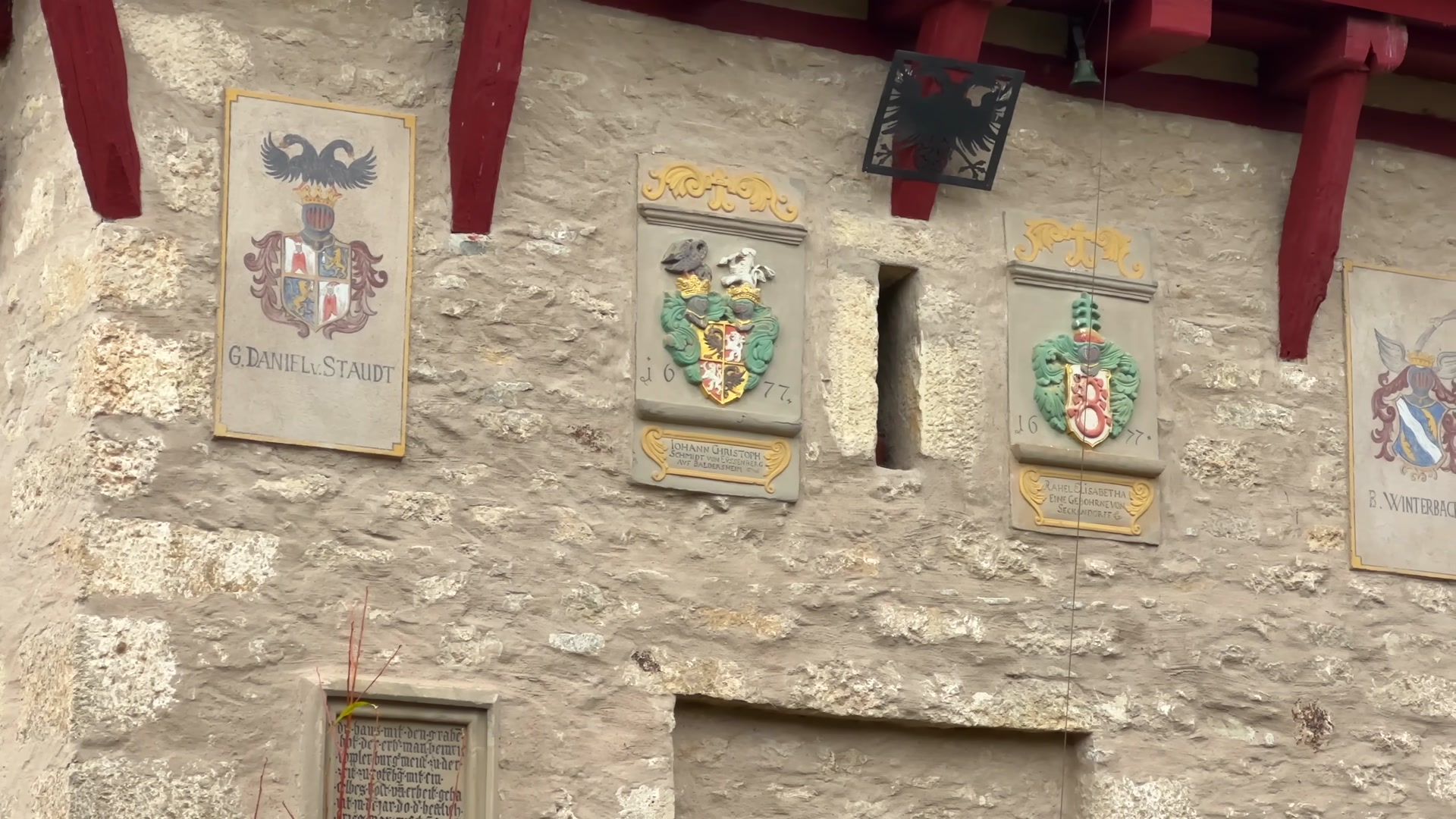

When I visited Rothenburg, the weather was perfect. Cold but sunny. A rare winter day for Bavaria. Usually it rains, the wind blows and the skies are gray. That’s why I planned accordingly and dressed for it.
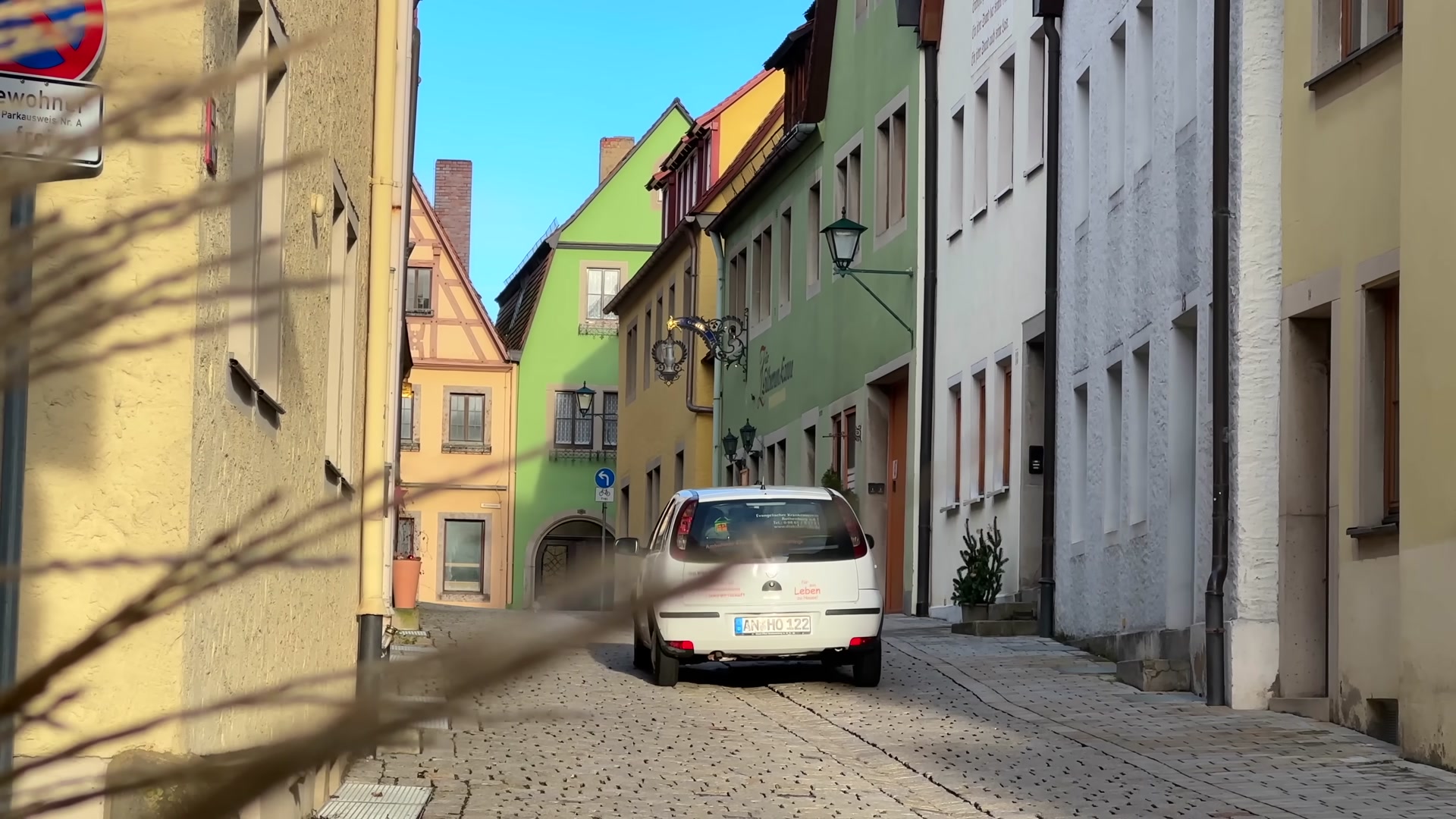

My jacket was both warm and breathable. Most importantly, it was water-resistant. That feature proved helpful in Nuremberg. But that will be the topic of my next post. See you soon, my friends.
You can check out this post and your own profile on the map. Be part of the Worldmappin Community and join our Discord Channel to get in touch with other travelers, ask questions or just be updated on our latest features.
This is such an inspiring post! Bavaria truly has a magical mix of history, architecture, and natural beauty. I love how you’re focusing on the lesser-known spots—there’s so much more to discover beyond the usual tourist highlights like Neuschwanstein. Can’t wait to see where your journey takes us next.👍🏻
I’m really happy you found it inspiring. Rothenburg and Bavaria have such a fairytale charm. And yes, there’s so much more beyond the big names. Can’t wait to share more hidden gems with you soon. Thank you for stopping by 🤗
Your welcome 🤗
Congratulations @rebet! You have completed the following achievement on the Hive blockchain And have been rewarded with New badge(s)
Your next target is to reach 400 comments.
You can view your badges on your board and compare yourself to others in the Ranking
If you no longer want to receive notifications, reply to this comment with the word
STOPCheck out our last posts:
Such a rich and captivating walk through Rothenburg! Your storytelling brings history to life—every photo and detail makes me want to see it in person.
It’s such a magical place. I hope you get to visit someday soon 😍 Thank you so much for your kind words
Wow, what a beautiful post! Rothenburg truly looks like a fairy tale brought to life. The colorful houses, narrow streets, and that foggy view are just magical! It’s amazing how the city has preserved its old-world charm despite everything. I really hope I get the chance to visit this town when I go to Germany. Adding it to the list!
I’m so glad you loved the photos. Thank you so much for your sweet words. Rothenburg really does feel like a fairy tale
📍 Rothenburg in winter = the definition of a fairytale town!
🔁 Resteem
🏰 From Plonlein Square to the story of Heinrich Toppler, everything is intriguing...!
Thank you for taking us to this enchanting corner of Europe...🇩🇪
#Worldmappin Approved ✅
Rothenburg really is a fairytale town, especially in winter. I’m glad you enjoyed the journey.
Thank you so much for the resteem and kind words
Hiya, @glecerioberto here, just swinging by to let you know that this post made it into our Top 3 in Travel Digest #2615.
Your post has been manually curated by the @worldmappin team. If you like what we're doing, please drop by to check out all the rest of today's great posts and consider supporting other authors like yourself and us so we can keep the project going!
Become part of our travel community:
thank you so much 🙏😍
You are very welcome @rebet! it was well deserved. ☀️
We are already looking forward to reading more about your adventures!
The place is enchanting. The structure design and the weather make the place more attractive.
I totally agree. The charm of Rothenburg is in those details. Thank you for stopping by 🙏
Congratulations @rebet! Your post has been a top performer on the Hive blockchain and you have been rewarded with this rare badge
You can view your badges on your board and compare yourself to others in the Ranking
If you no longer want to receive notifications, reply to this comment with the word
STOPCheck out our last posts:
Thanks for sharing,
yes Rothenburg ob der Tauber ist a middel age dream. It is the home town of my mom and I spent a lote oft time during my Childhood there. A lot of memories and stories came in my mind to see the figures.
Thank you so much for sharing. It really touched my heart to hear that. 😊 Rothenburg is such a special place. I can only imagine how meaningful it is for you. I’m so glad the post brought back some beautiful memories.